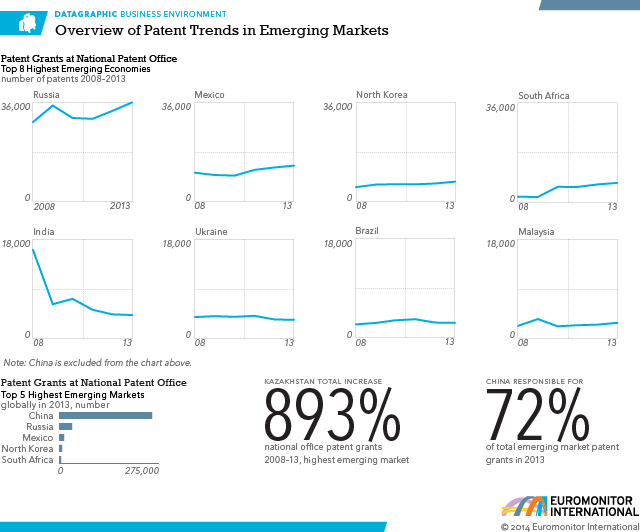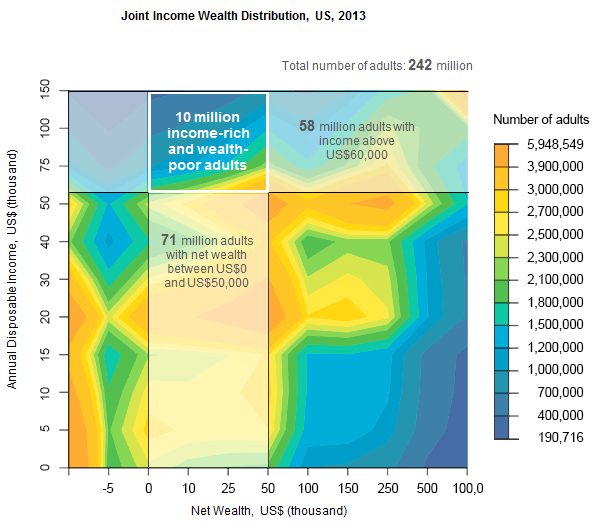Lessons from Japan’s Lost Decade Analyst Insight from Euromonitor International
Post on: 21 Октябрь, 2015 No Comment

Figure 1: Japans GDP (Nominal Terms)
Figure 2. Asset Price Deflation in Post-Bubble Japan
Source: Euromonitor International
Note: indices (including NIKKEI 225) are expressed as annual averages.
Hoping for the Recovery was not a Good Policy
As the real estate boom of the late 1980s was fuelled by bank credit and land was widely used as the collateral for bank loans, the bursting of the bubble left the Japanese banks saddled with enormous amounts of bad debt. From the outset, the authorities were reluctant to conduct thorough assessments of the bank balance sheet quality and force banks to restructure nonperforming loans or write off bad debt. Instead, the government provided financial support for ailing banks and nonbank financial institutions, hoping for a natural resolution to the crisis with a cyclical rebound of the economy and a reversal of the real estate price trends.
Contrary to these expectations, the cyclical economic rebound of 1994-1996 failed to revive the banking sector. The onset of the Asian crisis and untimely fiscal tightening in Japan brought about another serious recession in 1998 and reignited a new, even more severe round of the systemic banking crisis. Amid instances of failing systemic financial institutions, the government was finally forced to take more decisive actions.
Regulatory authorities implemented much more comprehensive and stricter assessments of bank assets and imposed rules to recognise and reduce the amounts of nonperforming loans. Some banks were effectively nationalised, restructured and subsequently sold in the market. Banks were allowed to offload their portfolios of nonperforming loans to special government-established institutions, whereas the Bank of Japan purchased holdings of stocks from banks as part of its innovative quantitative easing programme. The banking system started to show the first signs of recovery only around 2003-2004, more than a decade after the collapse of the bubble.
Enormous Cost of the Japanese Asset Bubble
To put the scale of the Japanese banking crisis into perspective, in the period between 1992 and 2004 the Japanese banks incurred cumulative losses of around JPY96 trillion (20% of 1991 GDP). The authorities spent JPY47 trillion bolstering the financial sector and about half of this amount was recovered by the start of the global recession. In addition to that, cumulative economic output losses related to the boom-bust cycle were estimated in the range of 20-30% of 1991 GDP, although it is difficult to pin down the exact impact as there were other structural factors behind the systemic slowdown of the Japanese economy of the past two decades. The collapse in asset prices wiped out trillions of yen of notional wealth owned by individuals and corporations, significantly hampering consumption and investment.

Bouts of large fiscal stimulus and years of zero-interest rate policy did little to revitalise the economy. The chapter of Japan’s “lost decade” was seemingly closed around 2003-2004, when export-driven growth recovered amid a booming global economy. However, the economy remained fundamentally vulnerable, primarily due to demographic problems and unsustainable public finances. A series of adverse shocks, namely the global financial crisis with a temporary collapse in global trade and the Fukushima nuclear disaster, returned the Japanese economy to oppressive stagnation.
Lessons to be Learned from Japan’s Experience with Bubbles
Deeper understanding of Japan’s painful crisis experience and policy mistakes becomes ever more relevant for many developed economies as they deal with their own financial bubbles and economic stagnation.
Policy makers in advanced economies and international organisations such as the International Monetary Fund place arguably disproportionate emphasis on deflation as the main menace to a post-bubble economy. Thus, in the aftermath of the global financial crisis, Western economies, including the US and the Eurozone, essentially followed in Japan’s footsteps, as they did not force banks to recognise the full scale of accumulated bad debt but undertook aggressive fiscal and monetary stimulus measures instead.
These policy measures were usually justified by the need to fight deflation, which was portrayed as one of the main factors hindering renewal of active bank lending to the non-financial sector and sustainable economic recovery. The principal question is whether the cost of stimulus and quantitative easing programmes is justified in the face of weak recovery, which we will try to address in follow up articles.














